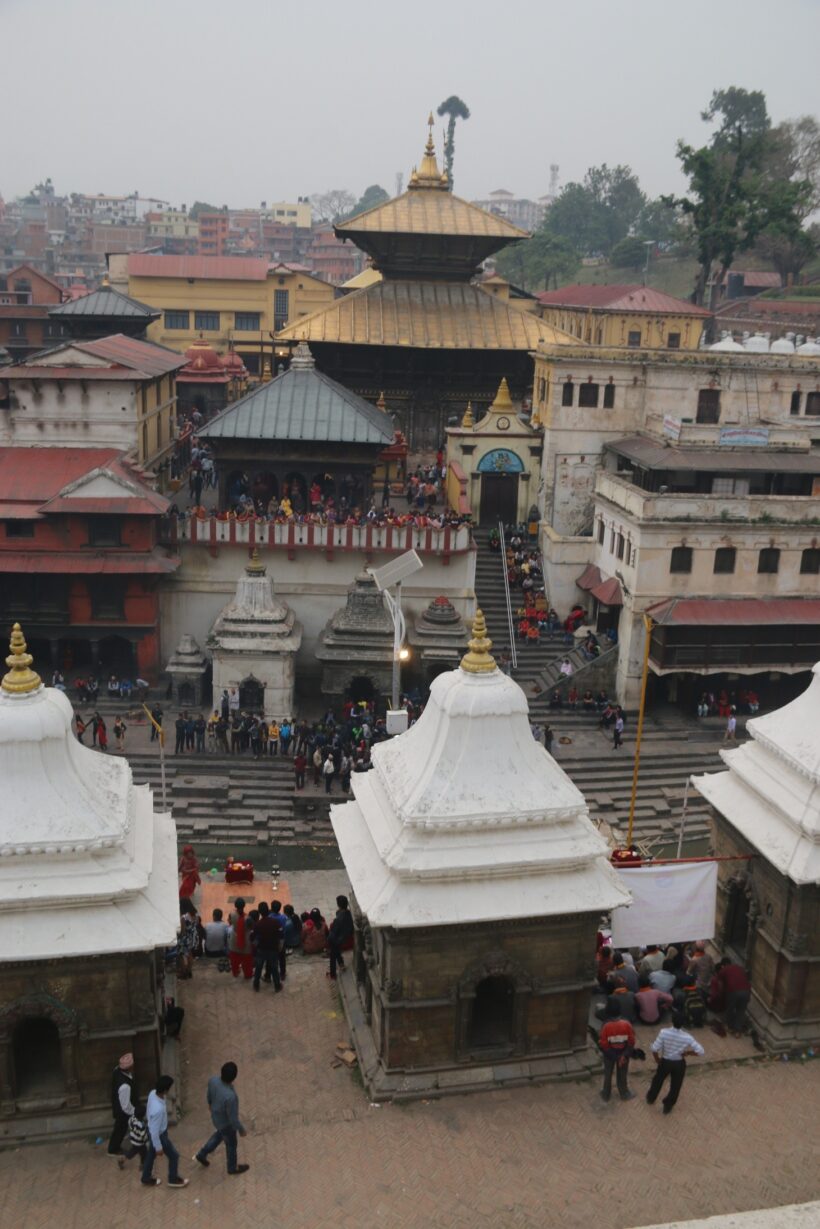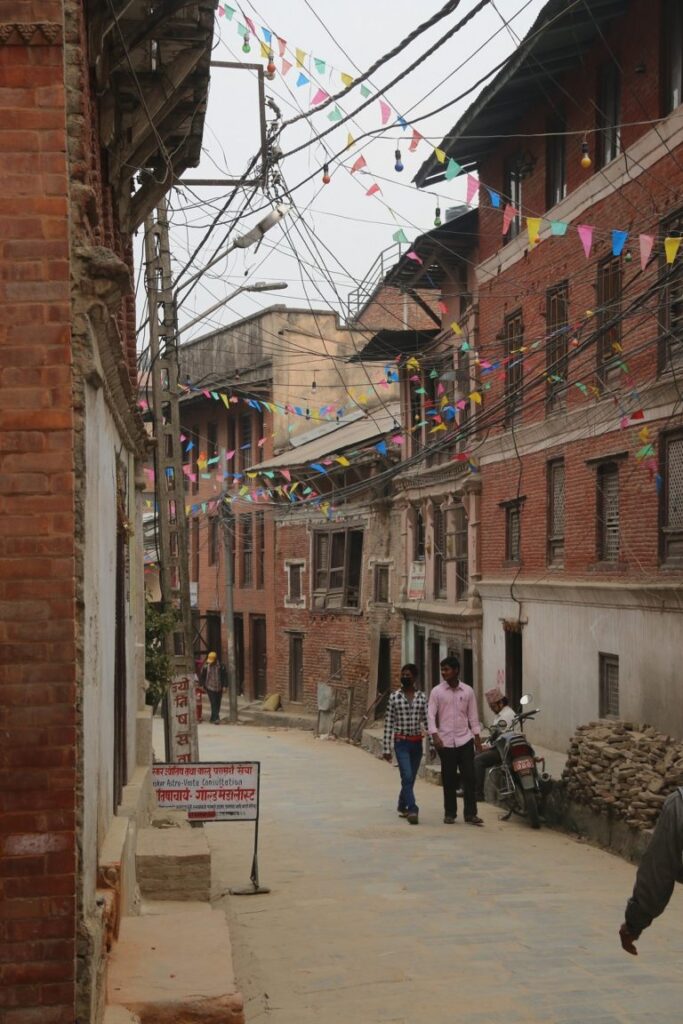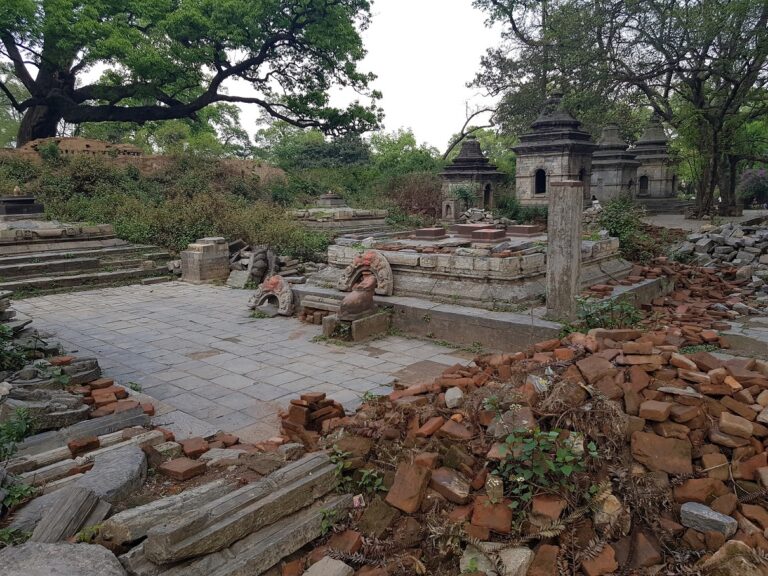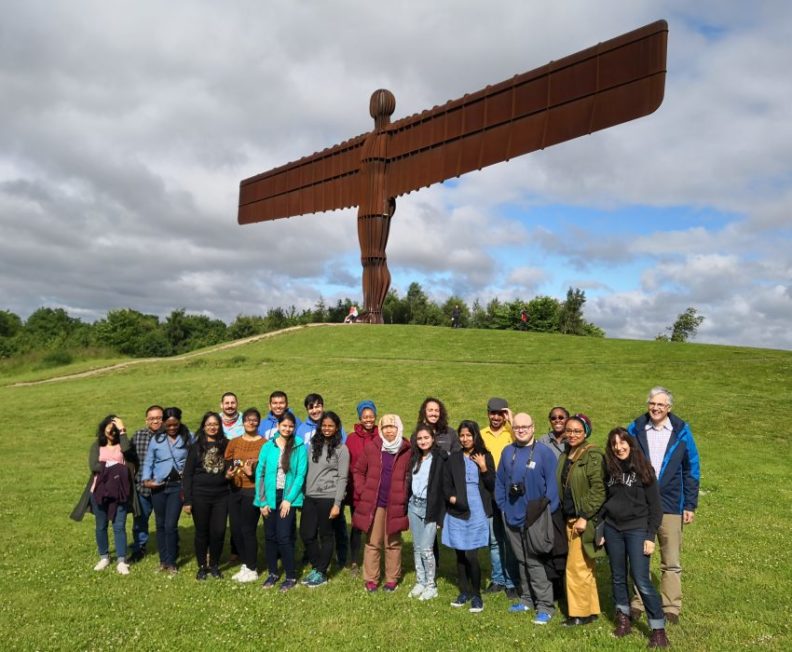Protecting Pashupatiksetra

KATHMANDU, AUGUST 23
The Pashupati Area Development Trust (PADT) has been in the process of finalising a master plan for the Pashupatiksetra. The proposed plan, which focuses on new construction projects and removal of the remaining settlements from the site, has been criticised by heritage experts. The community and local representatives have demanded that the master plan be withdrawn, even suggesting that PADT be dissolved. The real concern is the politicisation and the agitation of religious sentiments.
PADT was established in 1987 under the patronage of the king, with the queen as chair. This has changed, of course, with several amendments of the legislation, and the prime minister and minister responsible for culture have taken on the respective roles. The objectives of the PADT are to maintain and develop the Pashupatiksetra as a centre of reverence and a site of pilgrimage for Hindu devotees and other visitors. The objectives of the PADT also entail the protection of the natural and cultural heritage of the area, the immovable and movable assets, as well as the intangible cultural heritage of festivals and rituals, which does not limit itself to those related to the Pashupatinath Temple.
PADT has a rather abysmal record of preparing master plans. The first master plan was prepared in 1989, but with the political turmoil of the first Jana Andolan, the people’s movement of 1990, this plan was never implemented. A few years later, planning again began under the new political scenario of the constitutional monarchy, and a master plan, largely based on the previous one was adopted in 2000. It was to be implemented by mid-2010, with debateable results. No further master plan has been adopted by the PADT.
According to the media, quoting the PADT, this was “the fourth Master Plan that was for the overall development of the nation’s holiest site for the next hundred years”. All parts of this statement are incorrect.

The Pashupati area became one of the seven monument zones of the Kathmandu Valley World Heritage property in 1979. It was, however, only in 1998 that this heritage site was declared a protected monument zone (PMZ) and provided with the highest level of national protection under the Ancient Monument Preservation Act (AMPA) 1956. The World Heritage boundaries and buffer zone were amended in 2006, to overlap with the gazetted PMZ boundaries.
Various attempts have been made to prepare a new master plan for Pashupati. Instead of protecting the outstanding attributes of this World Heritage site and PMZ, planning has focussed on bringing about development and change, which goes against the World Heritage Convention, national legislation and the sentiments of the local community. The Pashupatiksetra has been plagued with all kinds of inappropriate activities, of intrusive infrastructure development, and neglect of damaged monuments, cultural artefacts and the environment. Large areas have been cleared of encroachment, to be fenced in and earmarked for donor-driven construction projects or beautification with alien gardens. The proposed master plan introduces an enormous budget to be spent on construction of new, inappropriate facilities and infrastructure within the PMZ and World Heritage.

The latest controversy has been the plan to remove the settlement of Deopatan. In 2003, over a hundred houses were cleared from the area around the western gate of the main temple, leaving a patchwork of characterless landscaping. This new plan proposes the removal of the remaining ancient settlement of Deopatan to the west. According to legends, when Emperor Ashoka visited the Kathmandu Valley, he married off his daughter, Charumati, to Devapala, who then founded Deopatan. This ancient settlement remained important particularly due to its association with the Pashupatinath Temple. There are artefacts and inscriptions from the Licchavi period scattered around Deopatan. PADT should be planning how to preserve the ancient settlement, while ensuring protection of the archaeology with support from the local community.
By Kai Weise

